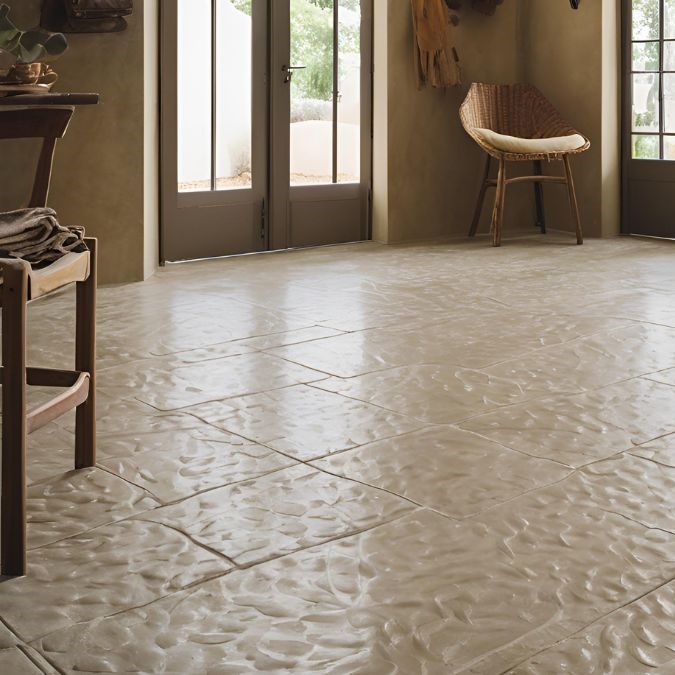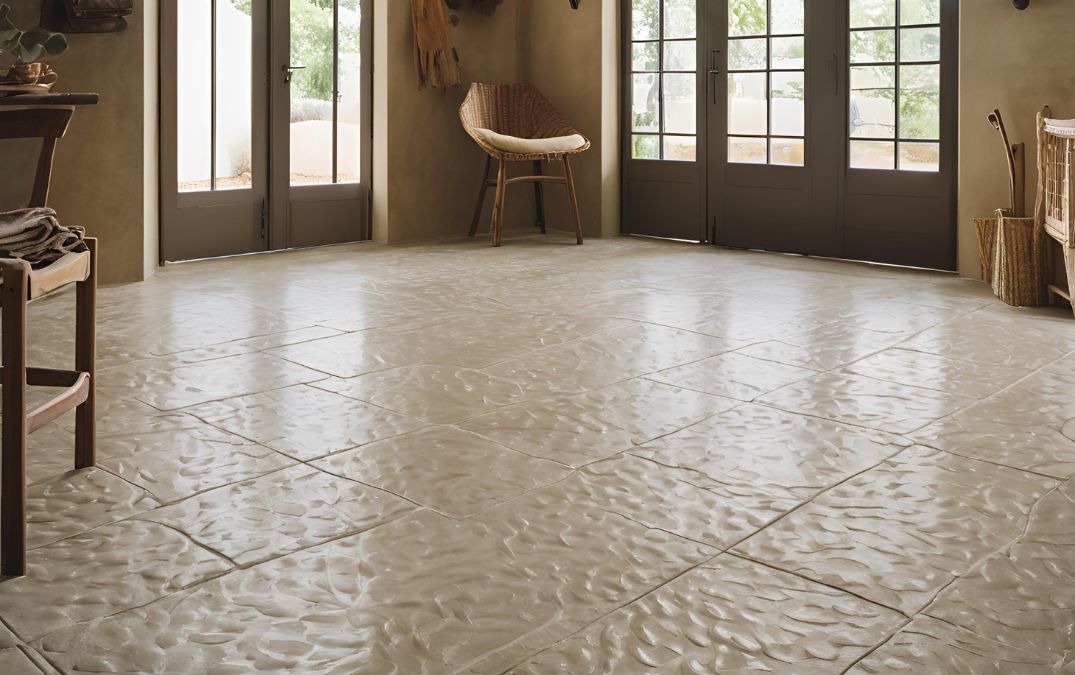How often should you reseal stamped concrete
Generally speaking you should reseal your stamped concrete every 2 to 3 years. However, the exact frequency can vary based on several factors, including the type of sealer used, the amount of foot or vehicle traffic, and the specific weather conditions your concrete is exposed to.
very busy areas or those subject to harsh weather conditions might require more frequent resealing. For instance, patios and driveways in regions with intense sunlight, heavy rain, or freezing temperatures might need resealing closer to every 2 years. In contrast, areas with milder conditions and less traffic might only need resealing every 3 years.
To determine if your stamped concrete needs resealing, observe the surface for signs of wear. A dull appearance, loss of colour vibrancy, or visible water absorption into the concrete are clear indicators that it's time to reseal. Additionally, if you notice that water no longer beads on the surface, this suggests that the sealer is wearing off and it's time for a new application.
Resealing not only rejuvenates the look of your stamped concrete but also protects it from stains, moisture, and UV damage. Regular maintenance, including sweeping and washing the surface, can help prolong the life of the sealer and keep your concrete looking its best between resealing.

